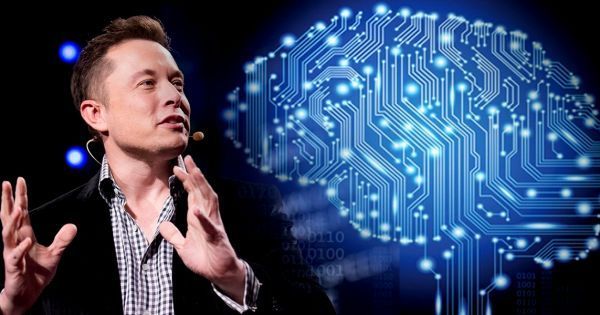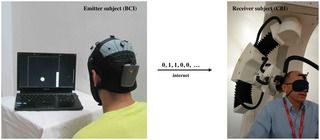Jun 24, 2019
New theory for trapping light particles aims to advance development of quantum computers
Posted by Quinn Sena in categories: computing, quantum physics, weapons
If we could trap light it could be used as a force field or even a lightsaber in future developments :3.
Quantum computers, which use light particles (photons) instead of electrons to transmit and process data, hold the promise of a new era of research in which the time needed to realize lifesaving drugs and new technologies will be significantly shortened. Photons are promising candidates for quantum computation because they can propagate across long distances without losing information, but when they are stored in matter they become fragile and susceptible to decoherence. Now researchers with the Photonics Initiative at the Advanced Science Research Center (ASRC) at The Graduate Center, CUNY have developed a new protocol for storing and releasing a single photon in an embedded eigenstate—a quantum state that is virtually unaffected by loss and decoherence. The novel protocol, detailed in the current issue of Optica, aims to advance the development of quantum computers.
“The goal is to store and release single photons on demand by simultaneously ensuring the stability of data,” said Andrea Alù, founding director of the ASRC Photonics Initiative and Einstein Professor of Physics at The Graduate Center. “Our work demonstrates that is possible to confine and preserve a single photon in an open cavity and have it remain there until it’s prompted by another photon to continue propagating.”



















